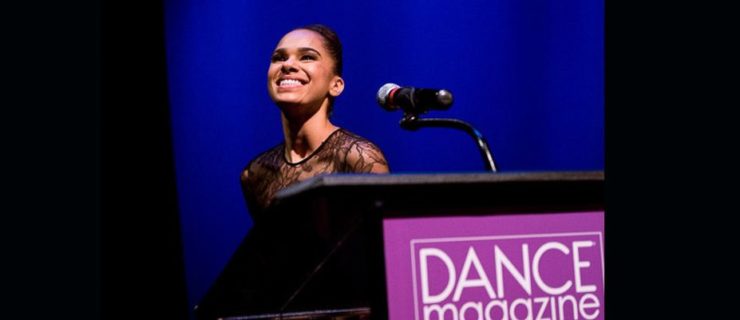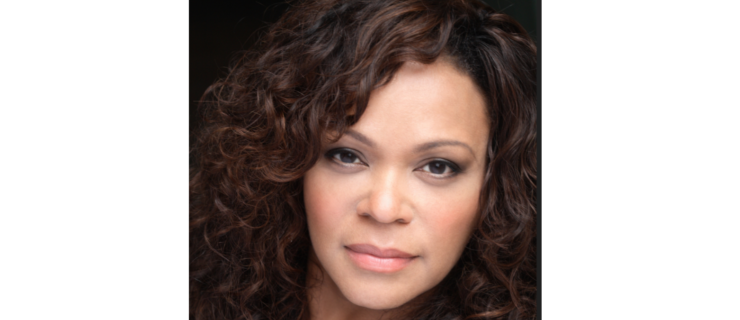Congratulations to Dance Magazine Award Honoree Lourdes Lopez
No, she isn’t like other artistic directors, and that’s not just because she’s a woman. Lourdes Lopez, who’s led Miami City Ballet since 2012, doesn’t want this to be taken the wrong way, but as for her vision? She doesn’t really have one.
“I just want good dancers and a good company and good rep and an audience and a theater—let us do what the art form is supposed to be doing,” she says. “I don’t mean that in a flippant way. It’s just how I’ve always approached it.”
For Lopez, her current position has been a homecoming. Born in Havana in 1958, she was raised in Miami before training at the School of American Ballet. At age 16, she joined New York City Ballet, dancing for George Balanchine and Jerome Robbins (a footnote that is becoming increasingly rare).
Who Cares – I’ll Build a Stairway to Paradise – Lourdes Lopez 1993
www.youtube.com
“I’ve taken a lot from both of them,” Lopez says. “Balanchine was a teacher, and in the classroom he taught you how to dance. You went back to your basics. In rehearsal, it was very different: He wanted to see what you did with it.”
Lopez has followed his example as a teacher; her rehearsal approach is different. “Balanchine said very little,” she adds. “There wasn’t a conversation about what the work meant. I do believe that information and coaching is very important to dancers. So that is more Jerry than Mr. B.”
She brings a wealth of other experience to the job, too. After retiring from NYCB, Lopez was a cultural arts reporter for WNBC-TV, as well as the executive director of the George Balanchine Foundation and the co-founder, with Christopher Wheeldon, of Morphoses. In the end, the role of artistic director feels right. “It’s everything I know,” she says. “I truly love ballet, and here I’m surrounded by every aspect of it.”
Exploring Points of Departure with Lourdes Lopez
www.youtube.com
And she’s beginning to grasp just what she’s been able to create in Miami, from the repertoire—Lopez has introduced more than 20 new works—to the skill of her dancers, many of whom started with her.
“Maybe we’re not a national company or maybe we almost are. Does it matter? We’re dancing well and the dancers are excited,” she says. “When the curtain goes up, I have a sense that it’s a cohesive unit all under the same aesthetic value, all headed on that same road. They dance like a company.”




